
AI Create Texture for Games: Enhance Visuals Now
In the world of game making, better graphics are always wanted. AI texture creation is a big help. It uses smart tech to make textures look real and detailed fast.
With AI tools, game makers can make visuals better. This keeps the game looking good for players. Before, making textures took days or weeks. Now, AI can do it in minutes, making making games easier.
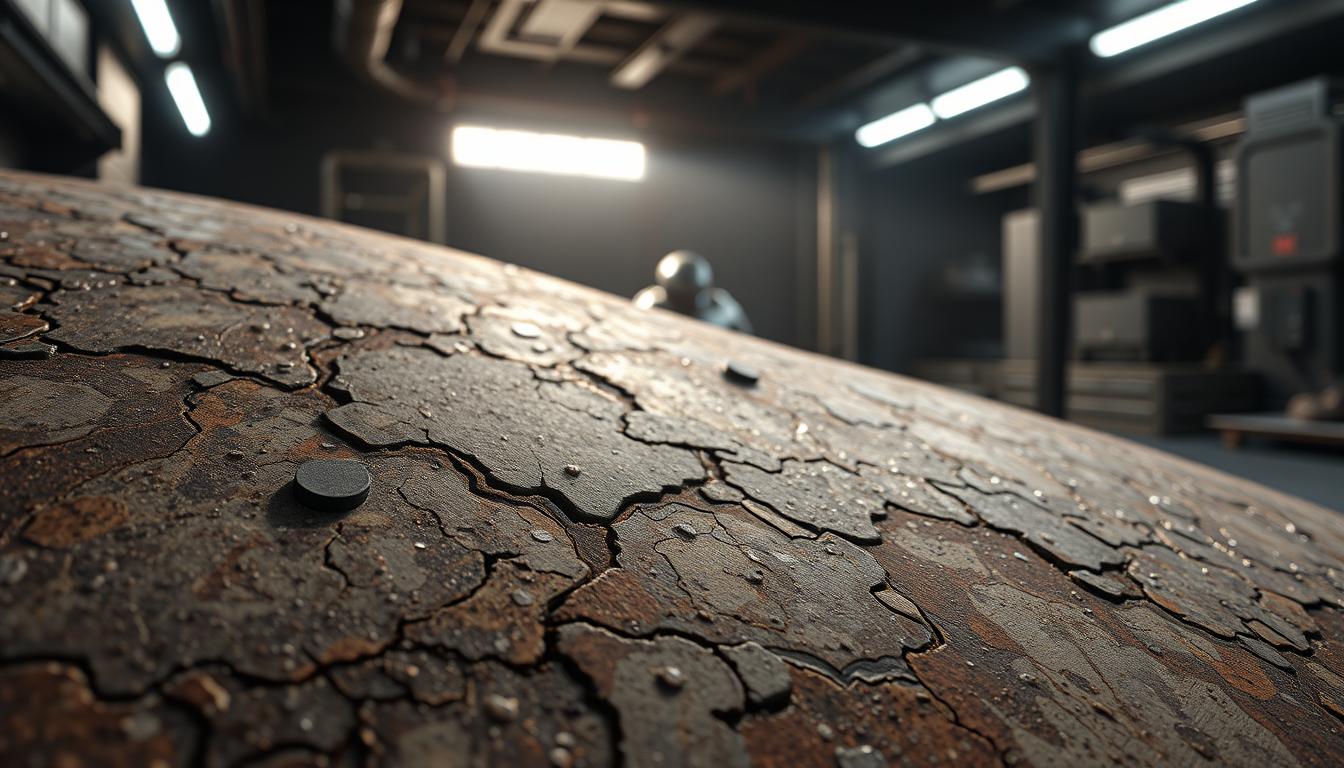
Sites like Deep-image.ai use smart networks to keep textures looking good when they're scaled up. They can make images 50% better or more.
Tools like guided prompts let developers make textures their own way. This cuts down making time by about 40%. As more games use these new tools, everyone wins. Games will look even better in the future.
Key Takeaways
- AI texture creation dramatically reduces production time compared to traditional methods.
- Textures can be generated in minutes, enabling faster creative processes.
- Advanced features allow for customization and exclusion of undesired elements.
- AI-generated textures can maintain or improve quality over traditional methods.
- Developers report significant time savings, freeing them to focus on gameplay mechanics.
- High-quality textures enhance player immersion and overall engagement.
The Importance of Textures in Game Development
Textures are key in game development. They make games look better and feel more real. By adding textures, simple models can become very lifelike. This makes the game world feel more real to players.
Knowing about texture resolution is important. It helps make textures look better. This lets players feel more connected to the game world.
Understanding Texture Resolution
Texture resolution affects how clear game graphics are. Higher resolutions mean more details. This makes 3D textures look like real materials.
Players see more detailed environments and characters. Moving from simple to advanced techniques like Physically-Based Rendering (PBR) adds more realism. This makes the game feel more real.
The Role of Textures in Enhancing Visual Quality
Different textures make game worlds believable. They affect how players see and interact with the game. The right texture makes materials look real under light and shadow.
Techniques like UV mapping and texture painting help textures fit models well. Shading and lighting make textures look consistent. With these, games can look much better. This makes the game more fun to play.
What is AI-Powered Texture Creation?
AI-powered texture creation mixes advanced tech with art. It uses AI to make unique textures. This makes creating textures easier, saving artists a lot of work.
Introduction to AI Algorithms for Texture Generation
AI algorithms are key in making textures. They make the process faster and better. For example, they can make textures look more detailed without using more computer memory.
This means game worlds can be bigger and more detailed. It makes games more fun and easier to make.
Benefits of Using AI in Texture Creation
Using AI in texture creation has many benefits. It makes creating game assets faster and better. Tools like Unity's ML-Agents Toolkit help developers work smarter.
These tools make materials look more real. They work well with different lights and weather. Platforms like Polyhive and Pixela.ai also help, making unique textures fast.
This tech makes games look better and saves time. It's a big win for game makers.
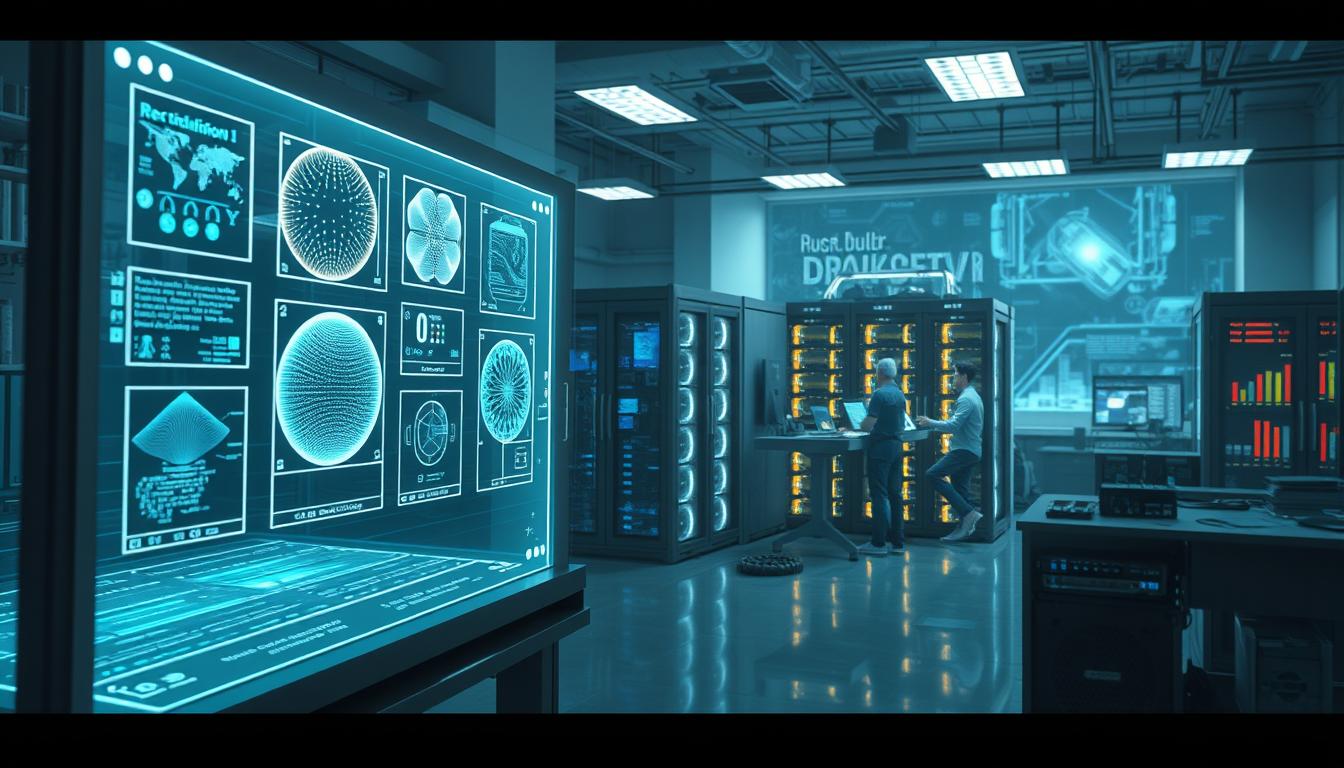
| Feature | Traditional Process | AI-Powered Process |
|---|---|---|
| Texture Quality | Manual design can lead to inconsistencies. | High consistency with AI algorithms improving quality. |
| Time Efficiency | Lengthy design time for assets. | Rapid generation, reducing manual labor and time. |
| Design Variability | Limited to artist's creativity and time constraints. | Countless design variations within seconds. |
| Performance Impact | Can result in high GPU usage. | Optimized to maintain high performance with lower resource usage. |
AI Create Texture for Games: Tools and Platforms
Game development is changing fast. Now, using AI texture tools is common for all developers. Platforms like Scenario and Deep-image.ai are leading the way. They help make game assets better and faster.
Overview of Popular AI Texture Generators
Many AI texture tools are out there today. They help developers make games look amazing. Scenario makes creating assets like tilesets and animations easy. It has free and Pro plans for all teams.
Analyzing Scenario and Deep-image.ai for Game Development
Deep-image.ai is great for making textures better. It keeps details sharp while making them bigger. This is key for today's games. Scenario and Deep-image.ai show how AI helps in game making. They boost creativity and innovation.
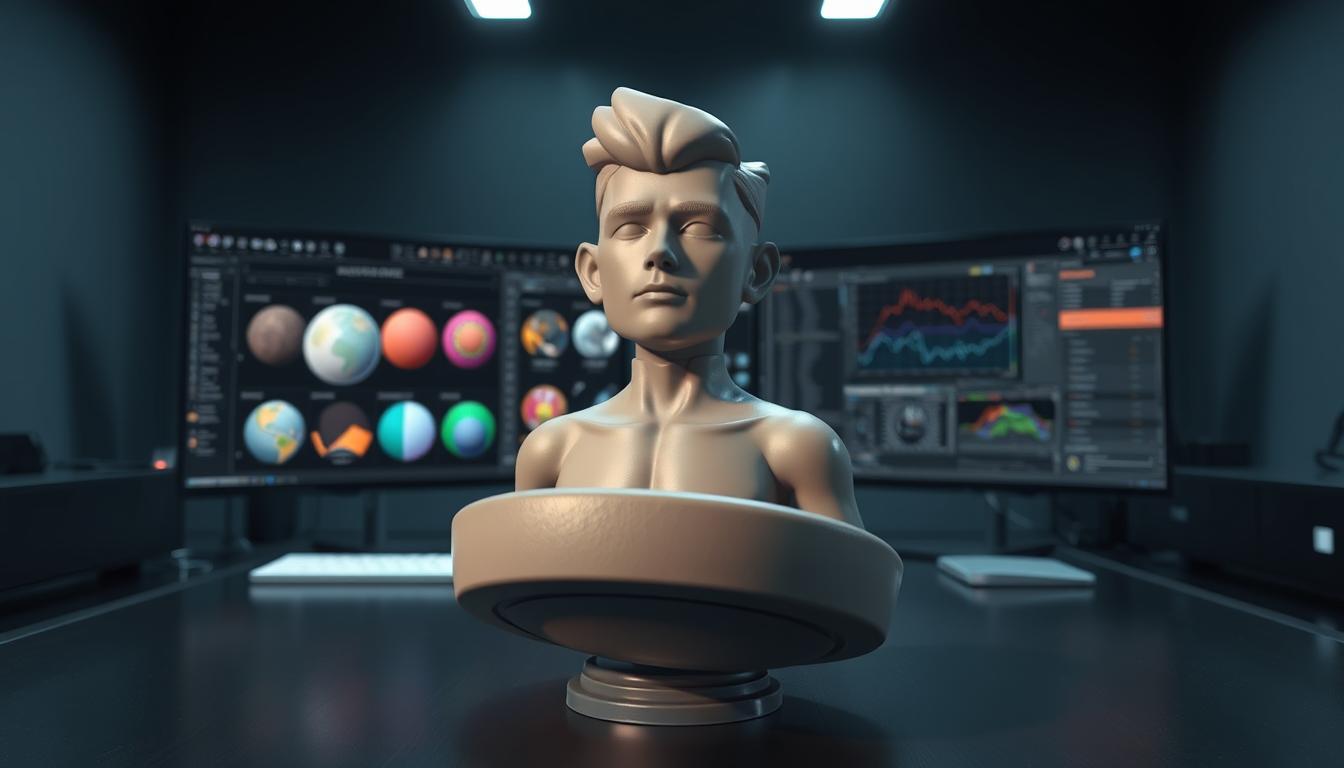
How AI Enhances Visual Appeal in Games
AI changes how games look. It makes textures so detailed, games look amazing. This tech makes games look better and feel real.
Adding Depth and Dimension with AI Textures
AI textures add depth to games. They make materials look real, making games feel alive. This tech makes creating game visuals fast and easy.
Developers save time and money with AI. It can make textures in seconds, thanks to advanced hardware.
Creating Unique Visual Styles through AI
AI lets designers create unique styles. It uses algorithms to make visuals that match themes and player likes. This makes games stand out in a crowded market.
With AI, studios can try new looks. This makes games more fun and engaging for players.
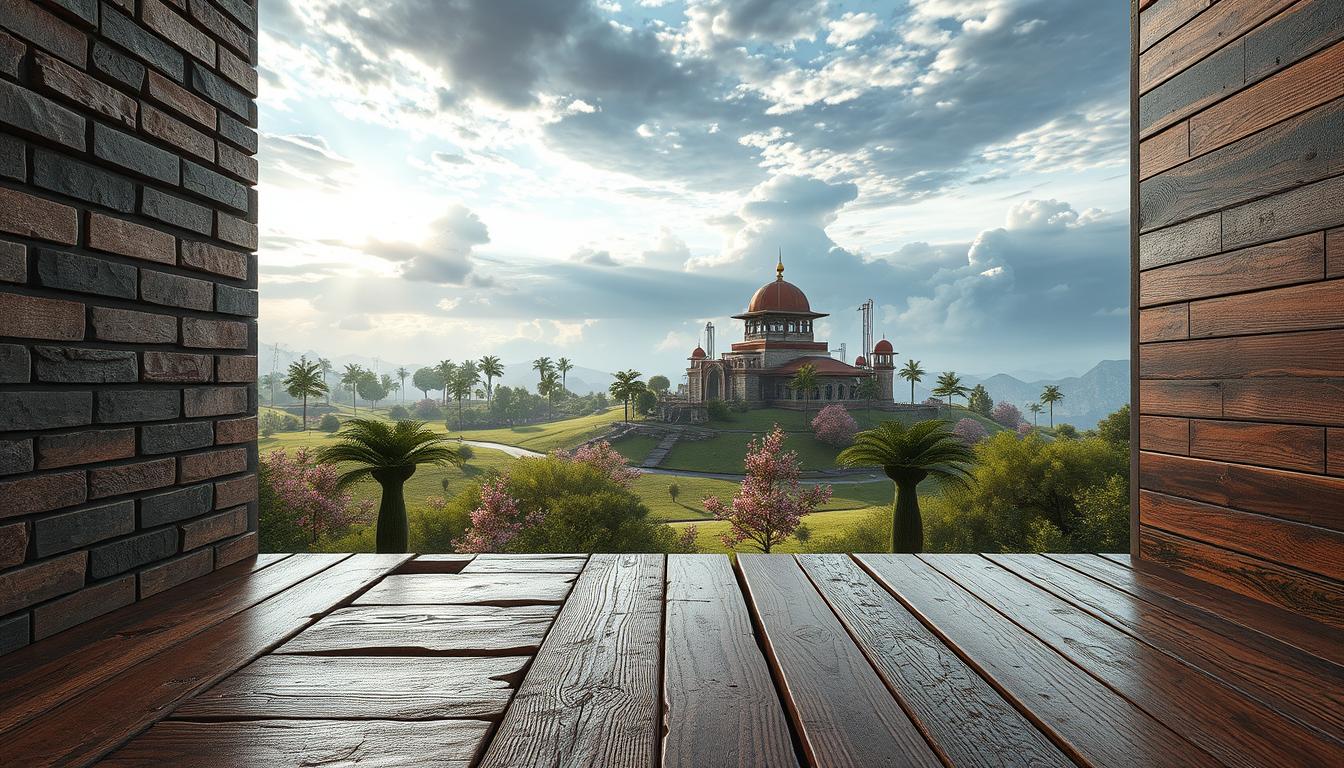
Streamlining the Game Development Pipeline with AI
AI tools change how studios make games. Artists can now do repetitive tasks faster. This lets them be more creative and work more efficiently.
This change makes things go faster. It also makes production more efficient.
Efficiency Gains in Asset Creation
AI tools are changing how we make game assets. They can make asset creation up to 70% faster. This makes games come out quicker.
Ubisoft saw a 50% drop in animation time with AI. This means teams can spend more time on creative work.
How AI Tools Help Reduce Production Time
AI makes game making faster by improving workflows. Electronic Arts made games 20% more engaging with AI. This is because AI helps make complex scenes and animations quicker.
AAA games are huge, around 80GB. Making assets fast is key to getting games out on time. AI helps make games look different, with a 50% increase in visual variety expected.
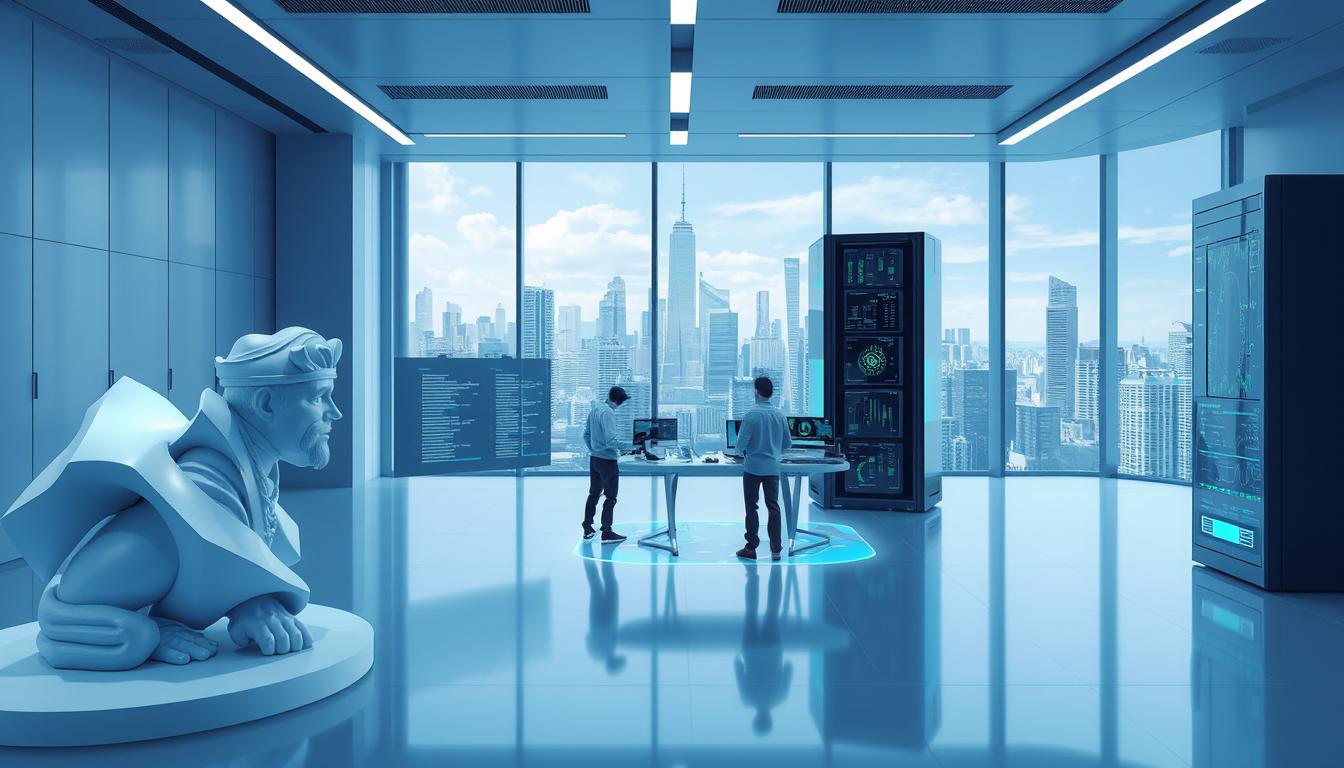
Best Practices for Using AI Texture Generators
AI texture generators have changed game asset creation. They help make textures better and make work easier. It's important to pick the right tool for your project.
Choosing the Right AI Texture Generator
Look at the quality, how easy it is to use, and what your project needs. Many say community advice is key. Tools that let you keep improving are best.
About 40% of game studios use Generative Adversarial Networks (GANs) now. This is a big step up in technology.
Effective Prompting Techniques for Optimal Results
Good prompts are key for AI to do its best. Clear prompts mean better results. Making prompts better can speed up work a lot.
By refining your requests, you can get textures that fit your game perfectly.
| Practice | Description | Impact |
|---|---|---|
| Clear Prompts | Use precise language to guide AI outcomes. | Improves relevance of generated textures. |
| Iterative Refinement | Adjust requests based on output feedback. | Enhances quality and alignment with artistic vision. |
| Diverse Datasets | Employ varied data for model training. | Increases creativity and texture uniqueness. |
| Community Engagement | Seek advice and support from other developers. | Guides tool selection and implementation strategies. |
For more tips on using AI textures in games, check out this guide.
Real-World Examples of AI Texture Applications
AI in game development is changing the game. It makes creating textures fast and creative. Studios use AI to make their games look amazing.
Two examples show how AI helps. They use advanced tools to make game visuals top-notch.
Case Study: Scenario x Mighty Bear Games
Mighty Bear Games used Scenario in their work. They made textures fast, not slow. This let artists focus on details.
They saved time on painting textures. Now, they can make games with more variety.
How Red Meat Games Utilized AI for Textures
Red Meat Games used AI to make textures better. They made low-quality textures look great. This made games more real and engaging.
AI helped them create unique textures. This made games more interesting and fun to play.
The Future of AI in Game Development
The world of game making is changing fast, thanks to AI. New AI methods are making game design better. Soon, games will feel more real and fun than ever before.
Trends Shaping AI Texture Creation
AI is making game making faster and easier. It helps create big 3D worlds quickly. This means games can load faster and play smoother.
Tools like Nvidia's GauGAN make games look almost real. This makes games look better in many ways.
| Aspect | Traditional Methods | AI-Driven Methods |
|---|---|---|
| Asset Creation Speed | Long and labor-intensive | Significantly quicker, reducing repetitive tasks by 60% |
| Texture Quality | Variable quality based on artist skill | Highly consistent and realistic using AI algorithms |
| Game World Diversity | Limited by manual design | Vast, intricate environments generated automatically |
| Feedback and Adjustment | Human testing and iterations | Granular data output from AI enables precise refinements |
Importance of Innovation in Games
Game design innovation is key to keeping players interested. AI helps make detailed worlds and characters fast. This saves time and makes stories deeper.
AI can also change game settings based on how players play. This makes games more fun and personal.
AI is changing game making for the better. Small and big studios can now make great games. The future looks bright with more realistic games and better player experiences.
Conclusion
AI texture creation is changing gaming technology a lot. It lets developers make games look better and more unique. They use new tech like Generative Adversarial Networks and Variational Autoencoders.
This makes creating game assets faster and better. It also opens up new ways to design games. This is good for making games more interesting.
As games get more complex, using advanced tools is key. Tools like Midjourney and Dall-E-2 help a lot. They make making game art faster.
This means developers can focus more on making the game fun. They don't have to spend as much time on making things look good.
The future of gaming looks bright with AI. It will make games more detailed and exciting. AI will help tell stories that change based on how you play.
Using AI will make games more artistic and innovative. It will help games get better faster. The future of gaming is exciting for those who use AI.
FAQ
How does AI texture creation impact game visuals?
AI texture creation makes games look better by creating detailed textures. These textures make games feel more real. They help create worlds and characters that grab your attention.
What benefits does AI offer in game asset production?
AI makes making game assets faster and easier. It cuts down on the work needed and makes sure everything looks good. It also lets developers try out many ideas quickly, speeding up game making.
Which AI tools are popular for texture generation in games?
Tools like Scenario and Deep-image.ai are favorites for making textures. Scenario helps make textures like 2D isometric tilesets look great. Deep-image.ai makes textures look better for today's games without losing detail.
How important is texture resolution in game development?
Texture resolution is key because it makes visuals more detailed. This makes characters and environments look more real. It also makes the game more fun to play.
What are effective practices when using AI texture generators?
To use AI texture generators well, pick the right tool for your project. Make sure your prompts are clear. Then, keep working on the textures until they're just right. Focus on style, detail, and resolution to fit your game's look.
Can you provide examples of companies successfully using AI for texturing?
Yes! Mighty Bear Games used Scenario to make making assets faster and more creative. Red Meat Games used AI to make textures better, creating worlds that players love.
What does the future hold for AI in game development?
The future of AI in games will bring more innovation. We'll see more personalization and real-time changes. AI will keep making games look amazing and feel real.